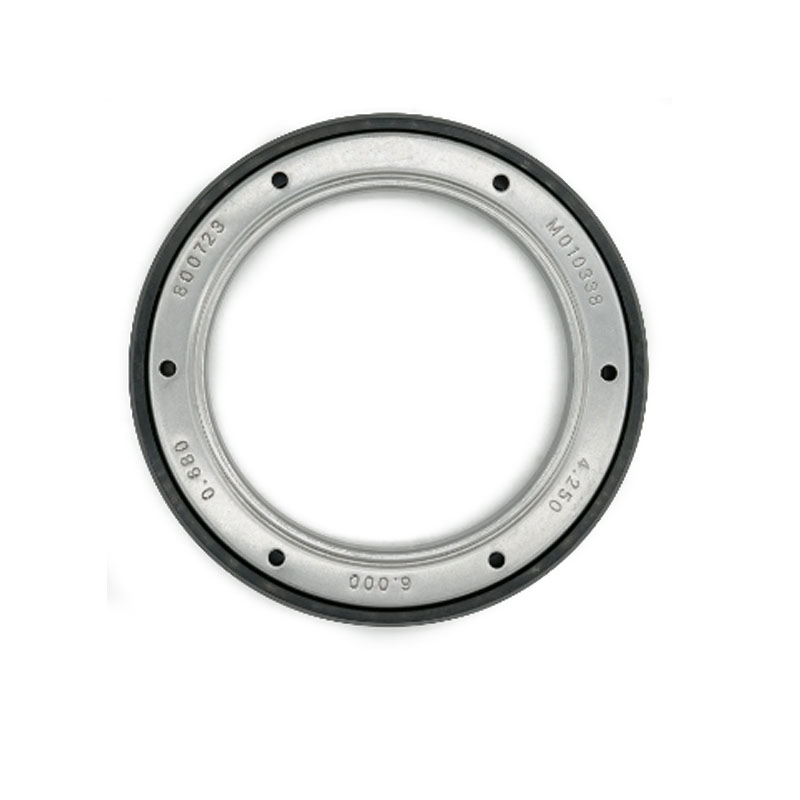rear crankshaft seal
Understanding Rear Crankshaft Seal Importance, Function, and Maintenance
The rear crankshaft seal is a crucial component in an internal combustion engine, serving to prevent oil leakage between the crankshaft and the engine block. As a key part of the engine's sealing system, it plays a vital role in ensuring the engine operates efficiently and reliably.
Importance of the Rear Crankshaft Seal
The rear crankshaft seal is located at the rear of the engine, where the crankshaft exits towards the transmission. Its primary function is to contain the engine oil, thereby preventing it from leaking out. This is essential not only for maintaining the right oil level but also for ensuring that the engine operates under optimal conditions. A functional seal helps in retaining the lubrication required for the crankshaft and other components, which reduces friction and wear.
Leakage from a faulty rear crankshaft seal can lead to significant problems
. Not only does it result in a loss of engine oil, but it can also result in oil dripping onto the exhaust system, causing smoke and potential fire hazards. More importantly, low oil levels can reduce engine efficiency, lead to engine overheating, and ultimately result in costly repairs or even engine failure.Functionality of the Rear Crankshaft Seal
rear crankshaft seal

The rear crankshaft seal typically consists of a rubber or elastomer material designed to withstand high temperatures and pressures within the engine. As the crankshaft rotates, the seal maintains a tight fit to block oil from escaping. Over time, however, due to heat and wear, the seal can degrade, leading to compromised performance. Signs of a failing rear crankshaft seal include oil spots under the vehicle, decreased engine oil levels, and unusual noises from the engine.
Maintenance and Replacement
Regular maintenance is essential to prolong the life of the rear crankshaft seal. Routine oil changes and engine inspections can help identify early signs of wear. If leakage is detected, it’s important to address the issue promptly. In many cases, replacing the rear crankshaft seal requires disassembling the transmission, which is a complex process that may necessitate professional assistance.
For DIY enthusiasts, it is crucial to have the right tools and materials and to follow the manufacturer's guidelines closely. When replacing the seal, ensure that the crankshaft surface is clean and free of debris to avoid damaging the new seal.
In conclusion, the rear crankshaft seal is a small yet vital component in an engine's performance and longevity. Understanding its importance and maintaining it properly can save vehicle owners from extensive repairs and ensure their engines run smoothly for years to come. Regular inspections and prompt replacements can prevent minor issues from escalating into major concerns, contributing to the overall efficiency and lifespan of the vehicle.
-
Understanding the Front Main Engine Seal: Purpose, Maintenance, and Installation
News Jul.29,2025
-
Understanding O-Rings and Seal Rings: Types, Applications, and Custom Solutions
News Jul.29,2025
-
Understanding Crankshaft Oil Seals: Rear Seals, Pulley Seals, and Their Role in Engine Integrity
News Jul.29,2025
-
The Importance of Front and Rear Crankshaft Seals in Engine Performance and Oil Management
News Jul.29,2025
-
Crank Oil Seals: Functions, Types, and Cost Considerations in Engine Maintenance
News Jul.29,2025
-
A Comprehensive Guide to O-Rings and Seals: Types, Materials, and Global Applications
News Jul.29,2025
-
Mastering Diesel and Performance Engine Maintenance: A Guide to Critical Oil Gaskets
News Jul.28,2025
Products categories















